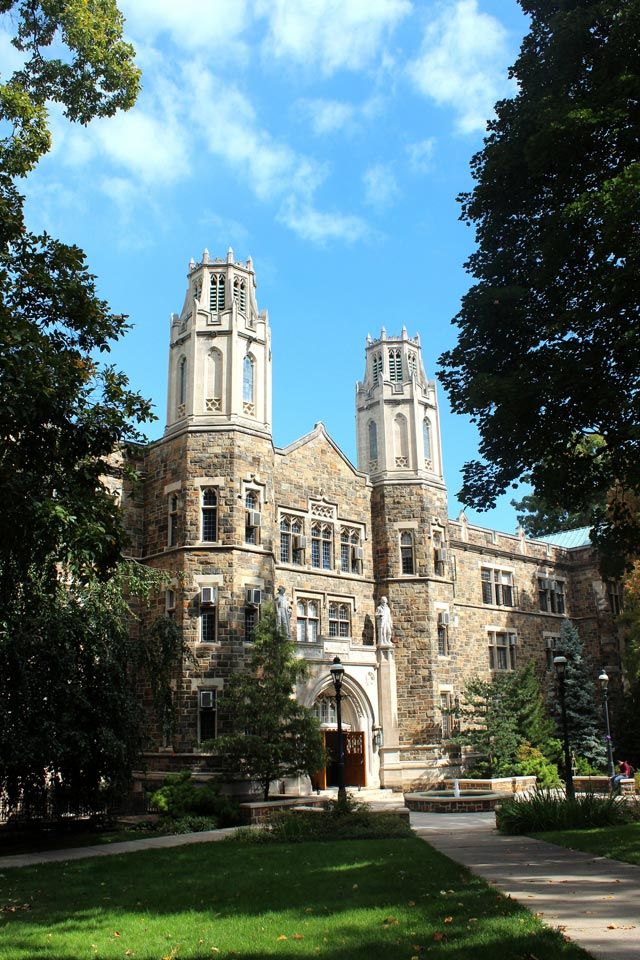From solar, wind and nuclear to coal, oil and natural gas, says John DuPont, the solutions to the world’s growing demand for energy share a common requirement — a sound understanding of the principles that underlie the joining of materials.
The steel towers in windmill farms are welded, as are the pipelines carrying gas and oil. The boilers in coal-fired power plants require welding expertise, as do lithium-ion car batteries, offshore oil rigs and nuclear power plants.
DuPont, professor of materials science and engineering, recently helped create the Center for Integrative Materials Joining Science for Energy Applications. the NSF-funded Industry-University Cooperative Research Center seeks to extend the service lifetime of welds in existing energy infrastructure and to increase the efficiency of advanced welding materials used in new infrastructure.
The center is a collaboration involving four universities (lead school Ohio State, Lehigh, Wisconsin-Madison and the Colorado School of Mines), three national laboratories (Los Alamos, Oak Ridge and Idaho), NASA and 16 industrial companies.
Improved welding materials and technologies are needed, says DuPont, because new power plants are designed to operate at higher temperatures and under greater pressure. These factors enable plants to run more efficiently but impose greater demands on welded joints.
“A weld is like a weak link. Its performance influences the performance of the overall material. So when we develop new welding materials, we have to minimize the adverse effect that joining can have on material performance.”

